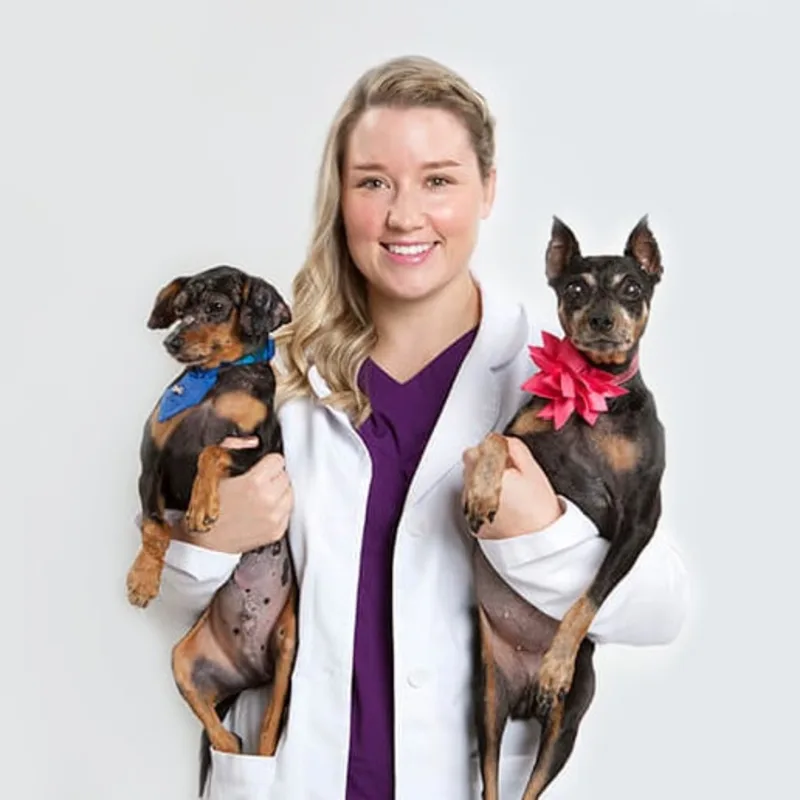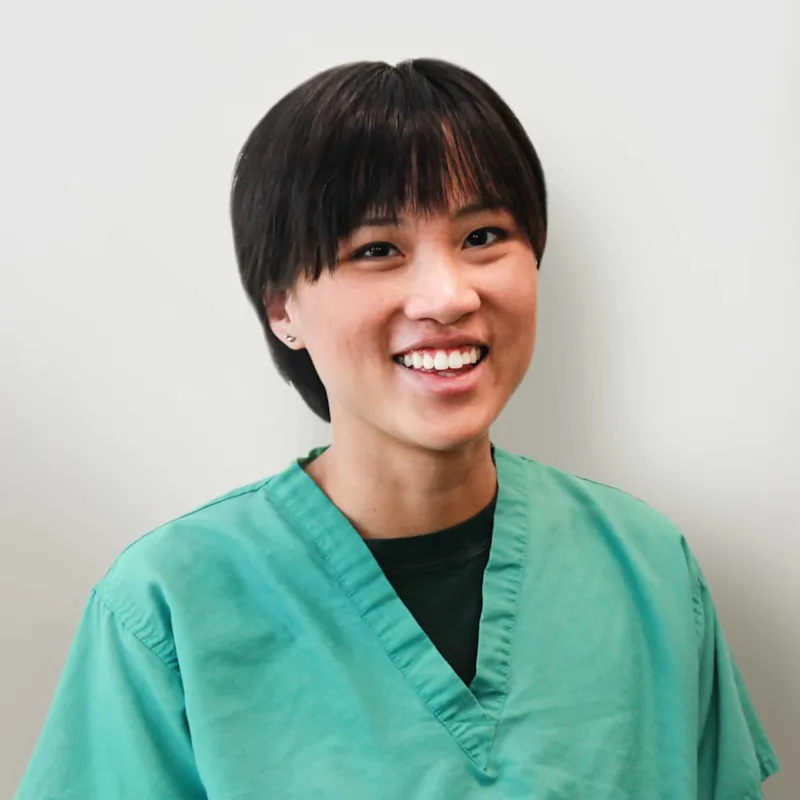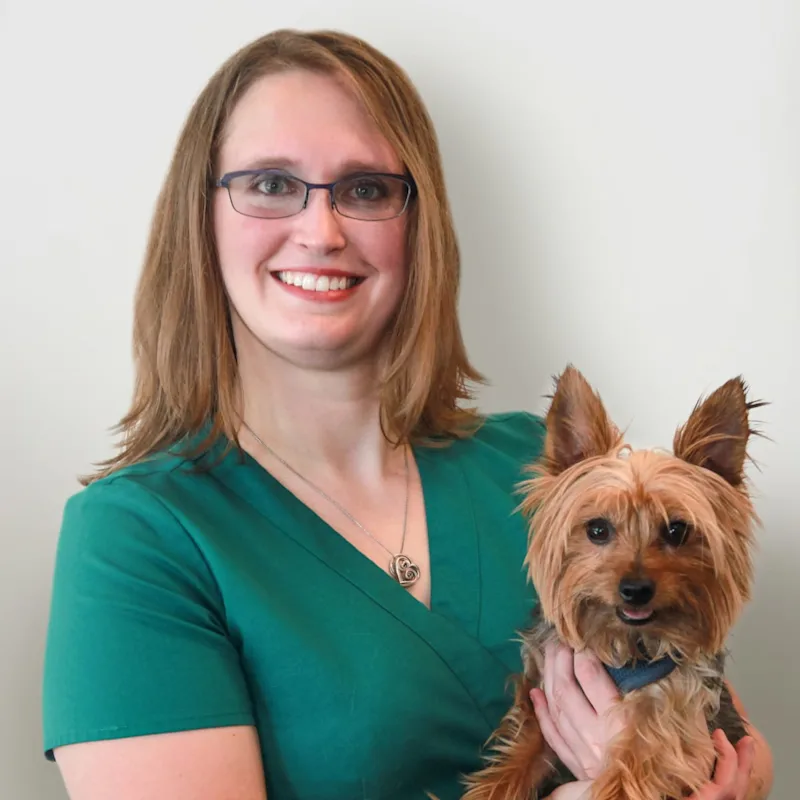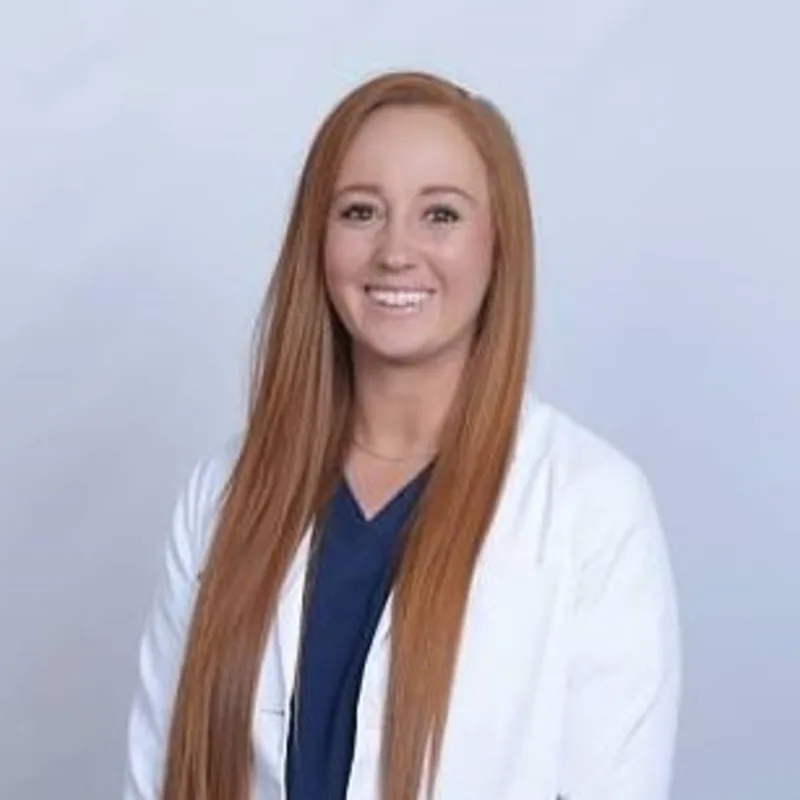Austin Veterinary Emergency & Specialty (AVES)
Emergency Services
Collaboration with Veterinary Specialists
The Austin Veterinary Emergency and Specialty Center has the most specialties under one roof in Austin. This allows our team of emergency veterinarians to work closely with the board-certified veterinary specialists in the management of complex cases.
In-House Laboratory
We maintain a comprehensive in-house laboratory capable of providing point-of-care diagnostics based on the needs of each individual pet. Laboratory results are immediately available to help guide your pet’s medical treatment.
Diagnostic Imaging
Our doctors are able to utilize digital radiology and ultrasonography to provide a comprehensive evaluation of your pet. We also offer CT, MRI, and fluoroscopy to round out our diagnostic imaging department. We collaborate with board-certified radiologists for complex cases.
Emergency Surgery
Our emergency doctors collaborate with the specialized surgeons at AVES to provide consultations and surgery if necessary. We’re able to facilitate emergency surgeries with nearly 100% on-call capacity.
Patient Monitoring
Patients are continually monitored during their hospital stay. Our hospital utilizes a wide variety of state-of-the-art equipment to monitor vitals including electrical heart rhythm (EKG), blood pressure, oxygenation ability (Pulse Oximetry), and ventilation ability (endo-tidal CO2).
Oxygen Therapy
When respiratory emergencies arise, it’s important that patients receive supplemental oxygen as soon as possible. We provide several methods of oxygen therapy for pets including oxygen masks, nasal oxygen cannulas, controlled environment oxygen cages, or high flow oxygen therapy depending on the needs of the patient.
Transfusion Therapy
Our hospital maintains a variety of blood products. Blood component therapy includes packed red blood cell transfusions, whole blood transfusions, fresh frozen plasma transfusions, and antivenom transfusions. All patients are continually monitored by the emergency veterinarian and highly skilled technical staff during transfusions.
Endoscopy
Many animals eat objects or material that they shouldn’t, leaving “foreign material” within their stomach. After a full evaluation of your pet, endoscopic foreign object removal may be recommended to remove the material from their stomach (not all animals are candidates for endoscopy). Endoscopy for veterinary patients requires general anesthesia while utilizing a fiber-optic camera to visualize the inside of their esophagus and stomach. Often, foreign material can be removed via an endoscope with the hopes of avoiding emergency surgery. At AVES, we’re able to perform on-call emergency scopes on the weekends.
